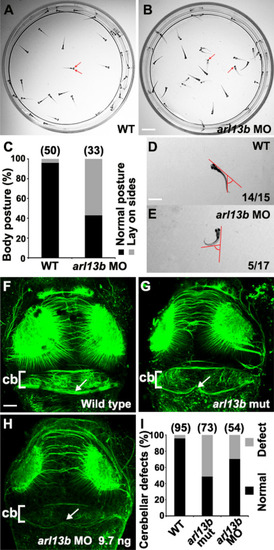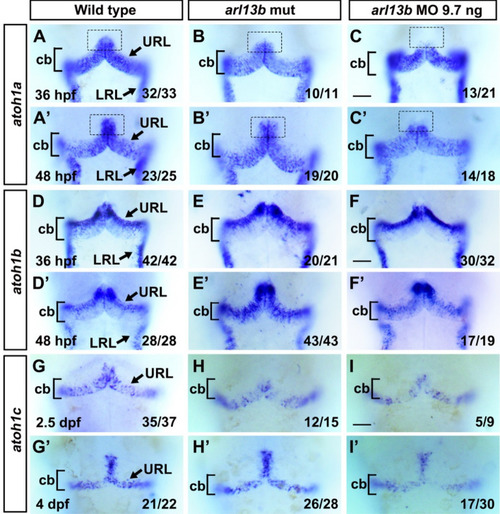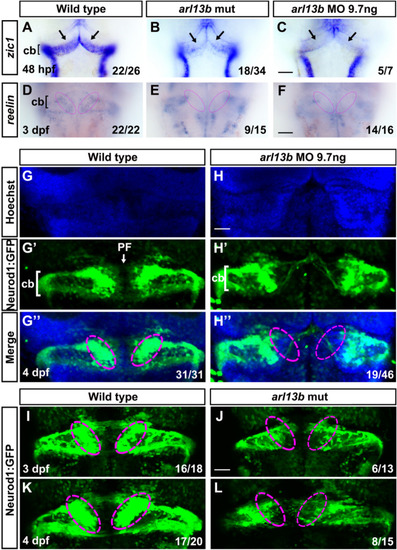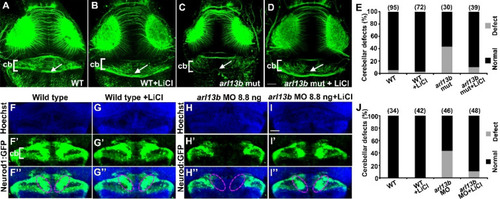- Title
-
The Joubert Syndrome Gene arl13b is Critical for Early Cerebellar Development in Zebrafish
- Authors
- Zhu, J., Wang, H.T., Chen, Y.R., Yan, L.Y., Han, Y.Y., Liu, L.Y., Cao, Y., Liu, Z.Z., Xu, H.A.
- Source
- Full text @ Neurosci. Bull.
|
Knockdown of EXPRESSION / LABELING:
PHENOTYPE:
|
|
The expression of markers of cerebellar granule cell progenitors is impaired in |
|
Disruption of |
|
Disruption of |
|
Wnt1 is selectively down-regulated in the cerebellum of |
|
Treating the EXPRESSION / LABELING:
PHENOTYPE:
|






